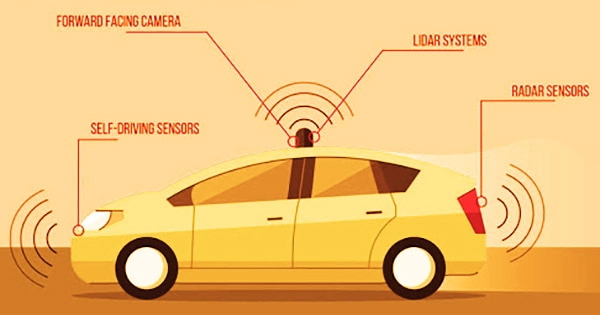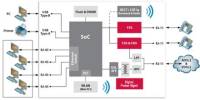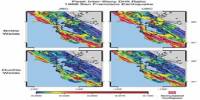A multidisciplinary team of experts has examined the dangers and possible advantages of deploying autonomous vehicles (AVs) on U.S. roads, concluding that the benefits will exceed the risks, but only if AVs are carefully controlled. A completely automated driving system is used in an autonomous vehicle to allow it to respond to external situations that a human driver would handle.
“We wanted to assess the potential harms and benefits associated with AVs and determine what the best implementation strategies would be to minimize harms and maximize benefits,” says Veljko Dubljevi?, first author of the study and an associate professor in the Science, Technology & Society (STS) program at North Carolina State University.
When compared to human-driven cars, autonomous vehicle technology may be able to offer certain benefits. One such possible benefit is that they might improve road safety. Vehicle collisions cause a large number of deaths each year, and automated cars could possibly reduce the number of casualties because the software employed in them is expected to make fewer errors than humans.

The introduction of autonomous vehicles onto public roads is a complicated societal problem that involves everything from ethics to transportation engineering to artificial intelligence programming.
“And there aren’t many methods for assessing such complex social problems,” Dubljevi? says. “One approach is to break the large problem down into a collection of more specific questions, assessing different risks and potential benefits separately. This approach is called multi-criteria decision analysis, and it’s what we did here.”
For this study, the researchers outlined four different scenarios for the future of AVs:
- No AVs allowed on public roads;
- AVs are allowed, with no regulations;
- AVs are allowed, but are regulated;
- AVs are regulated and can only be owned by commercial fleet operators.
After that, the researchers assembled a panel of 19 experts from various fields, including computer science, political science, transportation, and ethics. The researchers also came up with a list of 13 potential drawbacks and eight potential advantages of using AVs.
The list was compiled using papers from the National Academies and other federal agencies, as well as feedback from the study’s expert panel. Assessments of higher risk of accident deaths or incidents of injury were among the potential consequences.
Assessments of economic advantages and lowering environmental damage by eliminating traffic congestion were two potential benefits. The expert panel then examined the four AV deployment scenarios in order to determine which had the best benefit-to-harm ratio.
“To assess the potential impact of AV deployment, you have to compare it to a baseline,” says George List, co-author of the study and a professor of civil engineering at NC State. “The baseline was our current state of affairs. And our current state of affairs is that there are a tremendous number of deaths and injuries on U.S. roads.”
“While AVs are not perfect, all of our predictions suggest that they will be a step in the right direction. Prohibiting the use of AVs on U.S. roads was the least promising scenario.”
However, the expert group also stressed the importance of government rules in reducing risk.
“For example, regulations could limit use of AVs in urban environments and areas with high pedestrian traffic,” Dubljevi? says. “Either of the regulated scenarios is better than allowing unregulated AVs on the road.”
So, which scenario offered the most benefits and the fewest risks?
“Regulating AV use and limiting ownership to commercial fleet operators is a little more promising than allowing the general public to own and operate their own AVs,” Dubljevi? says. This is because fleet ownership increases the likelihood of appropriate AV maintenance, timely software upgrades, and other factors.
“We hope that federal, state and local governments use our findings to review whatever regulations they have in place concerning the use of autonomous vehicles or to develop regulations if there are none on the books,” Dubljevi? says.
The Kenan Institute of Science and Technology and North Carolina State University Research and Innovation assisted in the project.
Currently, every state’s motor vehicle operating rules, impaired driving laws, insurance regulations, and most other laws dealing with the operation of cars are based on the significant assumption that a person is behind the wheel. State legislators around the country are debating the implications of self-driving cars, including how existing laws and procedures would need to be changed to allow for the adoption of this new technology.
















